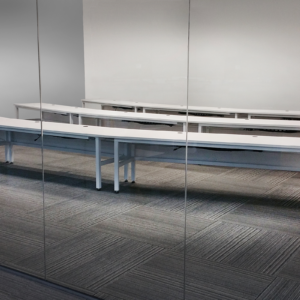In this Formaspace executive report, we take a look at some of the management missteps that Boeing needs to address to recover their formerly sterling reputation for engineering and quality excellence.
Misstep 1: Prioritize Finance-Based Decision-Making over Engineering and Quality-Led Culture
Many of Boeing’s passenger jet airline customers, passengers, and investors have been alarmed by a series of recent mishaps, including a door plug that fell out of an Alaska Airlines Boeing 737 MAX, plummeting into the backyard of a Portland, Oregon, science teacher. This incident, which luckily resulted in no fatalities, brought back memories of the two fatal 737 MAX accidents overseas that took the aircraft out of service in March 2019 for 20 months.
What happened to Boeing’s reputation for engineering prowess and quality production, long summed up by the popular catchphrase “If it’s not Boeing, I ain’t going!”
Long-standing company critics point to the merger of Boeing with rival McDonnell Douglas in 1997 as the point where the once proud engineering culture at Boeing took a back seat to the cost-conscious management philosophy of McDonnell Douglas, whose executives were heavily represented on the board of the newly merged company.
Perhaps Boeing’s product development track record before and after the merger tells the story.
In the 27 years since the merger, Boeing introduced only one all-new aircraft model, the long-delayed carbon-fiber-based 787 (whose 2011 entry into service was 5 years late), and just two updated models, the slow-selling re-winged 747-8 (introduced in 2011 with only 1 airplane produced during all of 2023) and the aforementioned troubled 737 MAX model (introduced in 2017), which features large engines mounted to a low-slung 1960s aircraft design. (The updated 777-X model with a new folding wing is still in development and yet to be certified.)
In contrast, during the roughly same number of years before the merger, Boeing introduced the transformative 747 (in 1969), the popular narrow-body 757 and companion widebody 767 twinjets (both in 1982), and the global flight mainstay, the widebody 777 twin jet (in 1995) – plus numerous updates to its entire fleet.
More troubling, the company is no longer the biggest passenger jet manufacturer in terms of revenue, having lost the crown to European rival Airbus in 2019.

Misstep 2: Move the Management Leadership Team Far from Manufacturing Operations
Boeing was long known for hands-on engineering-led management.
Let’s take a look at one example. Alan Mulally was hired as a Boeing engineer in 1969 and worked his way up through the ranks, gaining experience with each of the contemporary Boeing aircraft programs. Notably, he led the design team for the then-revolutionary all-digital flight deck that was shared between the 757 and 767 aircraft models. He rose to a leadership position in the new 777 program, eventually becoming the 777 VP and General Manager.
In the documentary video above, you see Mulally present throughout the key development milestones, exemplifying the “Working Together” philosophy championed by then Boeing CEO Phil Condit. This brought together airline customers and Boeing engineers into the same room to jointly develop a customer-oriented product.
Despite the immense success of the 777 program, both Condit and Mulally were out the door by the early 2000s, with Mulally later tapped as the CEO of Ford Motor Company, where his “The Way Forward” management initiative helped the company weather the 2008 financial crisis without falling into bankruptcy like Ford’s cross-town rivals GM and Chrysler.
Ironically, Boeing’s management was out the door, too.
Literally.
After 85 years in Seattle, the post-merger Boeing board decided in 2001 to relocate its entire executive leadership team to Chicago, far from the iconic Seattle factories, in the process, creating an unnecessary gulf between what had long been a close relationship between Boeing’s engineering-focused management and the production facilities where the company’s passenger jets were manufactured.
In 2022, the company announced it was moving its top 400 executive management even further from Seattle – to Arlington, Virginia – a full 5 ½ hour flight from its core manufacturing centers.
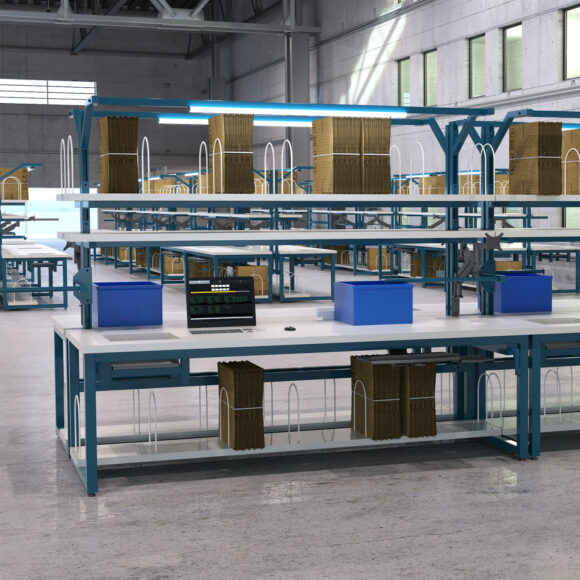
Misstep 3: Outsource Key Manufacturing Functions to Overseas Companies to Save on Capex and Labor Costs
The post-merger Boeing management, true to their McDonnell Douglas traditions, was loathe to make heavy capital expenditures to invest in new airplane designs – a big change from Boeing’s earlier “bet the company” strategy of investing every dollar into new product developing to delivery revolutionary new airplanes, such as the double-decker widebody Boeing 747.
Instead, the new Boeing management pursued a novel outsourcing strategy that pushed 70% of the high capital cost of design, engineering, and manufacturing its new all-composite 787 to fifty “strategic” suppliers around the world, each of whom would invest their funds to design and manufacture major component of the plane. In turn, Boeing would downsize its workforce to focus on performing the final assembly of the components built by its partners that rolled into Boeing’s final assembly plants.
Advocates of this approach claimed that the composite carbon fiber fuselage, wings, and empennage (tail) pieces sent to Seattle would simply “snap together” like plastic model airplane parts during the final assembly process.
But things didn’t work out as hoped. For example, the carbon fiber wings failed to fit properly to the fuselage, necessitating a major engineering design retrofit that called for expensive, heavy titanium fasteners, which reduced the plane’s flying range and drove up manufacturing and material costs. Other problems included fuselage “barrel” sections produced by different companies that didn’t fit together, larger batteries powering electric flight controls that caught on fire, and other hurdles that cost Boeing a 5-year delay of the 787’s entry into service. (Actually, much of the immediate financial cost again fell to Boeing’s strategic partners, who didn’t get the bulk of their payments until after the aircraft were delivered into service.)

Misstep 4: Create Unnecessary Competition (and Resentment) Between Company Factories
It also appeared that Boeing management wanted to teach its long-standing Seattle-based unionized workforce a lesson. The company decided to open another 787 final assembly factory in South Carolina near Charleston, throwing down a gauntlet to the Seattle workers who felt this was a message to prevent future labor strikes.
While Gulfstream did have some executive jet production facilities in nearby Savannah, hiring enough workers experienced in high-tech aerospace manufacturing for the new Boeing Charleston plant proved to be difficult (especially since few of the very incensed Seattle-based workers were willing to relocate there).
Despite this, the final assembly plant in Charleston opened, but there have been numerous documented quality control issues (including worker’s tools left inside hidden areas of aircraft wings and fuselage sections), and many 787 aircraft have had to be parked on the tarmac awaiting extensive rework.
A lack of experienced workers has also hindered Boeing’s attempts to speed up aircraft production, which it desperately needs to do, given that it always expects to earn less profit on its early plane production, only to catch up later by finding faster, more efficient production methods that lift the profit margins of its plane production over time.
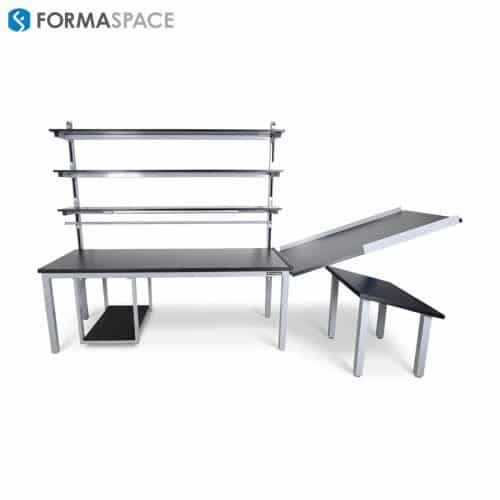
Misstep 5: Avoid Sharing Vital Safety Information with Customers and Government Regulators
This may be the most egregious misstep of all.
As a long-time trusted manufacturer, Boeing was able to designate some of its employees as surrogate FAA inspectors; employed by Boeing, they would provide the limited number of available FAA officials with detailed safety information. The theory behind this convolute arrangement was that employees would know more about production quality inside the factory than FAA inspectors parachuting in from the outside.
Unfortunately, this bond of trust was revealed to be utterly broken in the aftermath of the 2018 and 2019 737 MAX crash investigations.
It was revealed that Boeing employees withheld critical design changes to the 737 MAX plane that affected its safety and performance.
To make the 737 MAX more fuel efficient, Boeing engineers selected much larger engines but these wouldn’t fit underneath the 737’s original 1960s-era low-slung wing design, so Boeing engineers had to shoehorn it to fit by extending the underwing pylons so the bigger diameter engines sat much further forward and upwards, to create enough ground clearance when landing.
This compromise did not affect safety by itself. However, Boeing had promised big customers, such as Southwest Airlines, that the new 737MAX would fly “exactly” the same as earlier 737 aircraft, eliminating the need for 737 pilots to take an expensive training course to fly the MAX. (If the training course ever became necessary, the sales contract called for Boeing to pay a big financial penalty.)
The problem was the 737MAX did fly differently, but not much, and not all the time. Nevertheless, there were occasional portions of the flight envelope that made the plane handle differently from conventional 737s.
To prevent the need for additional pilot training, Boeing installed the now-infamous MCAS system, which automatically changed the trim of the horizontal stabilizer as necessary to make the MAX pilot’s handling of the plane feel like a conventional 737.
What could possibly go wrong?
The MCAS system, which lacked a redundant sensor system (it relied on a single pitot tube) could seriously malfunction – by pushing the horizontal stabilizer position again and again. This caused a MAX in Asia to fatally spiral into the ocean in 2018 and a second one to crash into the ground in Africa in 2019, also with no survivors.
Shockingly, neither the FAA, the airlines, nor the pilots had been told about the details of the MCAS system, much less how to recover from a malfunction. Any mention of MCAS was omitted from the short “iPad course” that Boeing offered to 737 pilots transitioning to the MAX model.
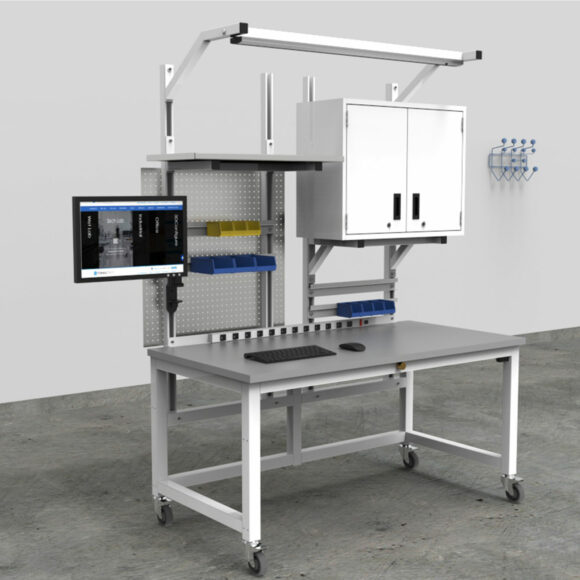
Misstep 6: Keep Upgrading 60-Year-Old Technology Instead of Betting the Company on Next-Generation Designs
You might be asking yourself, “Why was Boeing updating a 1960s-era aircraft design in the first place?” After all, the 737 first entered into service with Lufthansa in 1968, making it a 56-year-old design this year.
Furthermore, since the 737 fuselage and nose designs are largely based on Boeing’s first passenger jet, the 707, which went into service with Pan Am in 1958, you might rightly argue the basic 737 layout is now 76 years old!!!
One of the reasons that Boeing has seemingly held onto the 737 has to do with FAA regulations. To put a new aircraft design into service requires the issuance of a “Type Certificate” by the FAA, which is not a simple matter. A new aircraft Type Certificate requires a major investment in testing to prove to the FAA that the new aircraft is safe for the public to fly and that it meets all the current aircraft safety regulations.
But through a bureaucratic quirk, it’s much easier to modify or develop derivative aircraft designs that can “inherit” the original type certificate by applying for what the FAA calls a Supplemental Type Certificate (STC). That’s what has happened with the 737. Each time Boeing made major changes to create a new 737 model, it applied for an STC, which avoids having to comply with many of the new safety regulations introduced since the original 737 was certified in the late 1960s.
The other reasons that Boeing may have been reluctant to invest in a new clean sheet aircraft design is a lack of money and an airline customer base that is “locked in” to operating large 737 fleets.
But eventually, someone will introduce a new, next-generation aircraft. Hopefully, it will be Boeing, but if not, they might find themselves in a losing battle for market share, much like Boeing’s competitors, Lockheed and Douglas, were when Boeing introduced the landmark 707 in 1958.
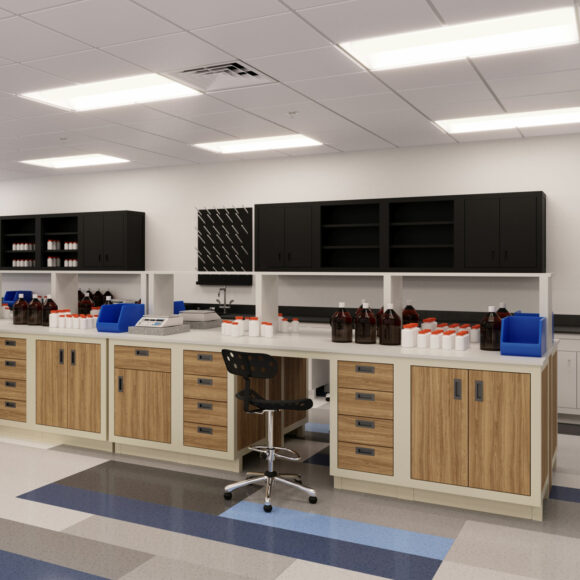
Formaspace is Your Manufacturing Partner
Evolving Workspaces. It’s in our DNA.
Talk to your Formaspace Sales Representative or Strategic Dealer Partner today to learn more about how we can work together to make your next construction project or remodel a success.





